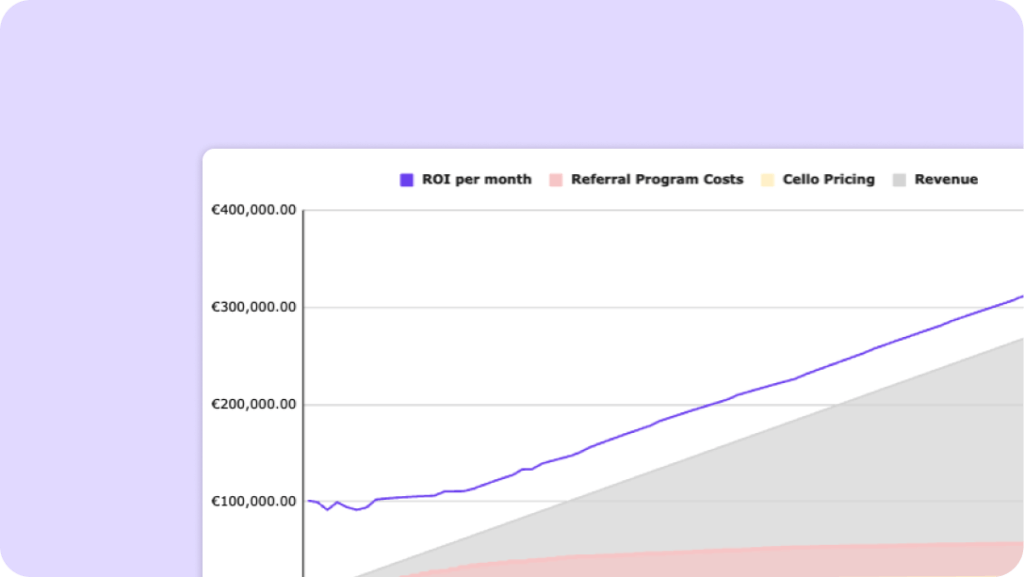Programmatic advertising has revolutionized the way digital advertising is bought and sold. In this comprehensive guide, we will delve into the world of programmatic advertising, exploring its basics, mechanics, different types, the role of data, and its benefits and challenges.
| Key Element | Description | Optimization Tips |
|---|---|---|
| Definition and Importance | Automated process of buying and selling digital ad inventory in real-time through software. Crucial for reaching relevant audiences efficiently. | Leverage data insights and machine learning for personalized ads. |
| The Evolution of Programmatic Advertising | Began with real-time bidding, now includes various formats and advanced targeting options. | Embrace technological advancements for improved targeting and measurement. |
| The Mechanics of Programmatic Advertising | Involves advertisers, publishers, ad exchanges, DSPs, and SSPs in a complex ecosystem. | Optimize campaign objectives and bidding strategies within DSPs. |
| The Role of Data in Programmatic Advertising | Data analysis drives precise targeting and personalized messaging. | Prioritize consumer data protection and ensure transparent data practices. |
| Benefits and Challenges | Offers efficiency, accuracy, real-time optimization, scale, but also faces challenges like ad fraud and brand safety concerns. | Combat ad fraud, ensure brand safety, and prioritize data quality for successful campaigns. |
Understanding the basics of programmatic advertising
Definition and importance
Programmatic advertising refers to the automated process of buying and selling digital ad inventory in real-time through the use of software and algorithms. This technology-driven approach has transformed the advertising industry, providing marketers with unprecedented efficiency, targeting capabilities, and scale.
One of the key reasons why it is crucial in today's digital landscape is its ability to efficiently reach highly relevant audiences at scale. By leveraging data-driven insights and machine learning algorithms, advertisers can deliver personalized and relevant advertisements to consumers.
⚙️ The automated process of buying and selling digital ad inventory in real-time through the use of software and algorithms.
The evolution of programmatic advertising
The journey of programmatic advertising began with the rise of real-time bidding (RTB) in the early 2010s. RTB introduced the concept of auction-based buying and selling of ad impressions, allowing advertisers to bid in real-time for specific impressions based on their desired target audience and the value they attributed to each impression.
Since then, it has evolved significantly. It has expanded beyond display advertising to encompass other formats such as video, mobile, and audio.
Additionally, programmatic technologies have grown more sophisticated, enabling advanced targeting options, improved ad fraud detection, and enhanced measurement and attribution capabilities.
The mechanics of programmatic advertising
How it works
Programmatic advertising works through a complex ecosystem involving various stakeholders, including advertisers, publishers, ad exchanges, demand-side platforms (DSPs), and supply-side platforms (SSPs). Here's a simplified overview of how it operates:
- Advertisers define their campaign objectives, target audience, and bidding strategies within a DSP.
- When a user visits a website or app with available ad slots, an ad request is sent to an ad exchange.
- The ad exchange conducts an auction, with DSPs bidding in real-time for the ad impression.
- Upon winning the auction, the DSP delivers the ad creative to the publisher's website or app, and the ad is shown to the user.

Key components of programmatic advertising
Programmatic advertising encompasses several key components that work together to facilitate automated ad buying and selling:
- Data Management Platforms (DMPs): These platforms collect, organize, and analyze vast amounts of user data, enabling advertisers to target specific audience segments effectively.
- Supply-Side Platforms (SSPs): SSPs act as intermediaries between publishers and advertisers, helping publishers to monetize their ad inventory by connecting them to ad exchanges and DSPs.
- Demand-Side Platforms (DSPs): DSPs enable advertisers to manage programmatic campaigns, providing access to ad exchanges and offering targeting capabilities, real-time bidding, and campaign optimization tools.
- Ad Exchanges: Ad exchanges facilitate the buying and selling of ad impressions through auction-based mechanisms, connecting publishers' inventory with advertisers' demand.
Different types of programmatic advertising
Real-Time Bidding (RTB)
Real-time bidding (RTB) is the foundation of programmatic advertising. It enables advertisers to bid in real-time for individual ad impressions. RTB allows for precise targeting and efficient allocation of ad budgets, as advertisers can bid on impressions that align with their campaign objectives and desired audience.
Private Marketplace (PMP)
Private marketplaces offer a more controlled environment for programmatic ad buying. Advertisers and publishers enter into direct agreements, granting advertisers exclusive access to premium ad inventory within a publisher's network. PMPs provide enhanced transparency, brand safety, and audience targeting, while maintaining the efficiency of programmatic buying.
Programmatic direct
Programmatic Direct allows advertisers to buy ad inventory directly from publishers, bypassing the auction-based model of RTB. This approach enables advertisers to secure guaranteed ad placements and inventory at fixed prices without going through the bidding process. Programmatic Direct is particularly suitable for high-impact ad formats and premium publisher relationships.

The role of data in programmatic advertising
Importance of data analysis
Data analysis is at the core of programmatic advertising. By leveraging data, advertisers can gain deep insights into their target audience, allowing for precise targeting and personalized messaging.
Through continuous analysis of campaign performance metrics, advertisers can optimize their ad creatives, audience segments, and bidding strategies, maximizing their return on investment (ROI).
Data privacy and security concerns
While data fuels programmatic advertising, it also raises privacy and security concerns. Advertisers must prioritize consumer data protection by complying with privacy regulations, implementing robust data security measures, and ensuring transparent data collection practices.
Additionally, advertisers should obtain user consent and provide opt-out mechanisms to foster trust and transparency.
Benefits and challenges of programmatic advertising
Advantages
Programmatic advertising offers numerous benefits for advertisers:
- Efficiency - Programmatic automation streamlines the ad buying process, reducing manual efforts and improving operational efficiency.
- Targeting Accuracy - Through data-driven insights, it enables precise audience targeting, ensuring messages reach the right people at the right time.
- Real-Time Optimization - Programmatic campaigns can be continuously optimized in real-time based on performance indicators, allowing for better campaign outcomes.
- Scale and Reach - Programmatic advertising enables advertisers to reach vast audiences across multiple channels and devices, maximizing campaign reach.
Potential drawbacks and how to overcome them
While programmatic advertising brings significant advantages, it also poses some challenges:
- Ad Fraud - Ad fraud remains a main concern. Advertisers can combat this by leveraging third-party fraud detection services and implementing strict inventory quality controls.
- Brand Safety - Programmatic buying involves a level of risk regarding ad placement, as advertisements may appear on websites or alongside content that can damage a brand's reputation. Advertisers need to employ brand safety tools and regularly monitor ad placements to mitigate this risk.
- Data Quality - To ensure accurate targeting and effectiveness, advertisers should prioritize using high-quality data for their programmatic campaigns. This involves validating data sources and exploring partnerships with reliable data providers.

In conclusion, programmatic advertising has transformed the digital advertising landscape, empowering advertisers with automation, data-driven insights, and precision targeting. By understanding the basics, mechanics, types, and challenges of programmatic advertising, marketers can harness its potential and drive successful digital campaigns.
Unlock the full potential of your SaaS with Cello's P2P referral program
Ready to transform your SaaS product's growth trajectory? Cello offers the simplest solution to integrate a peer-to-peer referral program, turning your users into a powerful growth engine. With minimal development time, immediate payback, and seamless integration, Cello empowers your users to share your product effortlessly. Experience the viral growth effect with automated rewards, real-time performance tracking, and compliance with the highest security standards. Discover how Cello can elevate your user-led growth strategy and witness a significant boost in your conversion rates. Book a demo today to see Cello in action and start capitalizing on the power of programmatic advertising.
Resources
Related Articles

The 4 Referral Program Categories for B2B SaaS (2025 Guide + Examples)
Learn how to get started with referral programs for B2B SaaS. Understand what type of referral ...

PLG SaaS Referral ROI Calculator
Learn how to estimate and prove the ROI of your PLG Referral Program

Complete Guide to your Affiliate Program for B2B SaaS
Learn how to get started with affiliate referral programs for B2B SaaS. Understand if affiliate ...

